Cleanroom News
Coronavirus and Copper
Can an Ancient Ally Flatten the Curve?
With the world in lockdown, some fortunate folks are finding luxuriously creative ways to enjoy this period of enforced self-isolation. Take David Geffen, for instance. The multi-billionaire who founded Geffen Records and DreamWorks Pictures, is currently quarantining aboard his 450ft yacht somewhere in the Caribbean, presumably with a full crew to ensure that surfaces are ship-shape and clean as a ship’s whistle. And he’s not the only one with this idea. According to an article in Business Insider, where great swaths of the travel industry are seeking financial bailouts, charters of luxury yachts have increased dramatically as those with the financial means regard them as a safe place to ride out the pandemic. As the article notes, charter vessels are considered more hygienic given that ‘the air is purified on most yachts, and cleanliness standards are very high […] Some of the yachts use special air filters that control [and] reduce the spread of pathogens.’(1) But what about the rest of us, those unable to afford the price of such ocean solitude? Given that the odds these days of securing commercial cleaning products can be greater than those of scoring an invitation to Geffen’s floating quarantine paradise, an alternative might be home-made recipes for contamination control. Domestic maven Martha Stewart is, as we’d expect, already on it, but then so were folks in ancient times. From Indian Ayurveda to the Aztecs’ use for medicinal relief, one metal has long been recognized for its natural antimicrobial and antiviral properties. And fortunately, it’s one with which we are already familiar: copper just could be the next weapon against the COVID-19 pandemic…
Element number 29 on the Periodic Table, copper – designated Cu, from the Latin ‘cuprum’ – is a semi-precious, malleable, nonferrous metal used extensively in plumbing, architecture, electronics, transportation, and health products. With strong thermal and electrical conductivity, it is also corrosion-resistant and oligodynamic – that is, germ-killing. In fact, according to a publication by the Copper Development Association Inc. which handles information services for the copper industry, copper is ‘the only solid surface material registered by the U.S. Environmental Protection Agency to continuously kill bacteria that pose a threat to human health. No other touch surface material has this kind of registration.’(2) And, of course, it is this property that is of interest to us right now. Back in 2017, we wrote about the metal (and some of the more than 400 alloys now registered with the EPA) possibly becoming the next step in fighting microbial infection, and we were looking specifically at its use in high-contact surfaces in medical establishments such as hospitals and nursing facilities. To refresh your memory, check out the article here. The assertion that copper is useful in eliminating viral contamination is supported by the work of Bill Keevil, Chair of the University Genetic Modification and Bio-Safety Committee at the University of Southampton in the United Kingdom. Building on the research of Phyllis J. Kuhn in the early 1980s, Keevil designed an experiment to show how copper surfaces eliminate not only microbes but also other pathogens such as viruses. In fact, in 2015 Keevils’s experiment ‘even demonstrated this phenomenon with a precursor to COVID-19, coronavirus 229E.’(3) An article by Mark Wilson writing in Fast Company explains the process: ‘[Keevil] dips a plate of copper into alcohol to sterilize it. Then he dips it into acetone to get rid of any extraneous oils. Then he drops a bit of pathogen onto the surface. In moments it’s dry. The sample sits for anywhere from a few minutes to a few days. Then he shakes it in a box full of glass beads and a liquid. The beads scrape off bacteria and viruses into the liquid, and the liquid can be sampled to detect their presence.’(4)
In 2018, Keevil was part of a team that published a paper in Scientific Reports in which the release of metal ions from a variety of metal surfaces was assessed in terms of their antimicrobial effects. In ‘Rapid in situ assessment of Cu-ion mediated effects and antibacterial efficacy of copper surfaces,’ Keevil et al placed bioluminescent strains of Escherichia coli (E. coli) on a series of test surfaces.(5) Over time, the decrease in bioluminescence correlated directly to the decrease in bacterial viability. In other words, the experiment showed the real-time demise of the bacterial pathogen.
The copper doesn’t just kill these pathogens; it destroys them, right down to the nucleic acids, or reproductive blueprints, inside.’
But that’s bacteria – we’re talking about viral contamination here. Yes, true. But the tests for using E. coli strains on copper and copper alloy surfaces can be extended to other pathogens. How? Keevil’s current work involves the creation of processes based in microscopy that illustrate what happens to a viral pathogen when it alights upon a copper surface: ‘When a virus […] strikes the plate, it’s flooded with copper ions. Those ions penetrate cells and viruses like bullets. The copper doesn’t just kill these pathogens; it destroys them, right down to the nucleic acids, or reproductive blueprints, inside.’(6) In short, for the virus, it is complete annihilation with no chance of mutation or survival.
In a letter published on March 17th 2020 in the New England Journal of Medicine (NEJM), co-signed by 13 experts in the field of infectious disease transmission, the disease we’ve been calling COVID-19 is now recognized as a severe acute respiratory syndrome coronavirus 2, with the new acronym SARS-CoV-2. Those who remember the original SARS outbreak will also recall the anxiety it generated and this new nomenclature serves to underline once again the vital importance of leveraging every available resource against the continued spread. In the letter, ‘Aerosol and Surface Stability of SARS-CoV-2 as Compared with SARS-CoV-1,’ the team reveals a metric of the stability (and therefore threat to public health) of SARS-CoV-2 (erstwhile COVID-19) relative to its decay rate on a variety of surfaces by developing ‘10 experimental conditions involving two viruses (SARS-CoV-2 and SARS-CoV-1) in five environmental conditions (aerosols, plastic, stainless steel, copper, and cardboard).’(7) Whilst the results were expectedly complex, the bottom line is clear: copper constitutes a better surface for pathogen elimination than plastic or stainless steel. To wit:’SARS-CoV-2 was more stable on plastic and stainless steel than on copper and cardboard, and viable virus was detected up to 72 hours after application to these surfaces, although the virus titer was greatly reduced. […] On copper, no viable SARS-CoV-2 was measured after 4 hours and no viable SARS-CoV-1 was measured after 8 hours.’(8)
And this all sounds pretty positive, especially in a time when good news regarding virus transmissions is – shall we say – scant. However it may be a fraction premature to begin popping champagne corks in ‘post-pandemic’ celebration. According to a study by the Institute for Hygiene and Public Health (IHPH) at the University of Bonn, ‘copper cannot be unconditionally recommended for the prevention of germs, since there are no reliable findings on the antimicrobial effect of copper surfaces after intensive cleaning and disinfection.’(9) Referenced in AtmoSAFE.net, an information service for users of temperature control appliances, the study’s conclusion is in direct opposition to that outlined in the NEJM letter and maintains that stainless steel, as opposed to copper, is the best choice for surfaces that are required to be contamination free. ‘[S]tainless steel is impervious to acids or lyes, and even after many years of using cleaning and disinfection agents still prevents the formation of a biofilm with dangerous residual germs.’(10) Furthermore, the techniques for cleaning copper most efficiently are more complicated than for stainless steel. As we already know, when a surface is completely smooth and scratch-free, pathogens are less likely to cling; conversely, when they are easily scratched or pitted – as copper is – their surface structure is changed, making it easier for contamination to adhere. Furthermore, in the case of copper, particulates can cluster to form a layer, effectively preventing ion transfer from the metal to the pathogen and dramatically reducing the oligodynamic effects of the material. In short, cleaning-induced surface imperfections can, over time, lead to an increase in copper tarnish and a reduction in the material’s antimicrobial and antiviral properties.
Even from just these two contradictory studies, it’s clear that the jury is still out in respect of the best material to use for a contamination-resistant surface.
There are valid arguments to be made for the use of copper, copper alloys, and of stainless steel but, in a time when we simply must marshal all resources to curb the spread of SARS-CoV-2 (COVID-19), we do have to be relatively certain that the tools we use are the most effective. So maybe it’s not a ‘one-size-fits-all’ solution – perhaps we need to resist the impulse to put all of our contamination control ‘eggs’ into one oligodynamic ‘basket,’ as it were. Moreover, it is also imperative that we not become complacent, trusting blindly that the metal choice for our surfaces will actively mitigate viral transmission in perpetuity. Why? Because it may not be possible to account for so many variables: cleaning protocols, product usage, chemical composition of alloy, efficiency of bacteriacides/viricides/disinfectants/sterilizers over time, surface integrity/imperfections, environmental conditions, surface usage, to highlight just a few. In light of this, on-going surface sampling, along with education, is key to maintaining optimal transmission reduction. The act of flattening the curve is achieved in more ways than simple social distancing or sheltering-in-place. It’s also in ensuring that the cleaning standards we maintain for our hospitals, laboratories, institutions, commercial facilities, and even our homes use the most current information and best practices in the fight against the virus. And this means making a considered evaluation of any and all claims of mitigation, transmission deceleration, or renewed public safety based on hard science and expert analysis, rather than politico-economic exigence or social wishful thinking.
We at Berkshire hope that our community continues to remain safe and well. We would love to know how you are doing in these unprecedented times. Please do drop us a note in the comments section.
References:
- https://www.businessinsider.com/billionaires-escaping-to-chartered-superyachts-amid-coronavirus-2020-3
- https://www.copper.org/publications/pub_list/pdf/a1360.pdf
- https://www.fastcompany.com/90476550/copper-kills-coronavirus-why-arent-our-surfaces-covered-in-it
- ibid
- https://eprints.soton.ac.uk/421240/
- https://www.fastcompany.com/90476550/copper-kills-coronavirus-why-arent-our-surfaces-covered-in-it
- https://www.nejm.org/doi/10.1056/NEJMc2004973
- ibid
- https://www.atmosafe.net/en/themes/current-themes/stainless-steel-vs-copper.html
- ibid






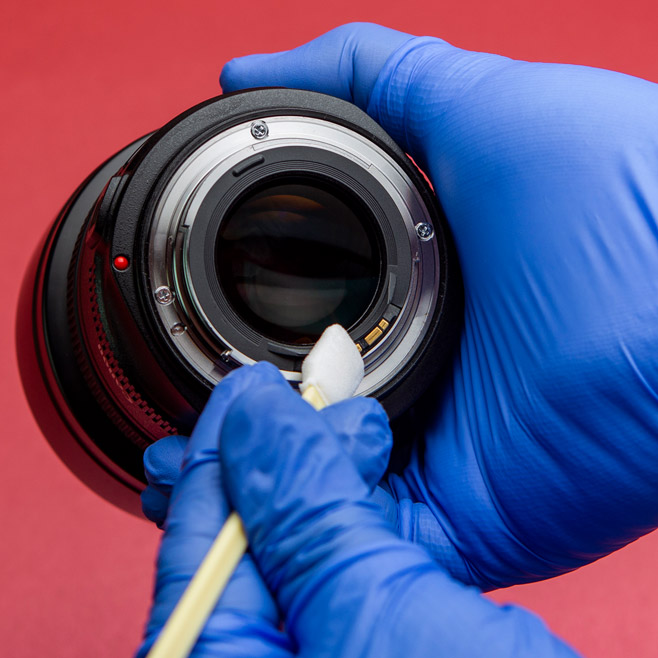



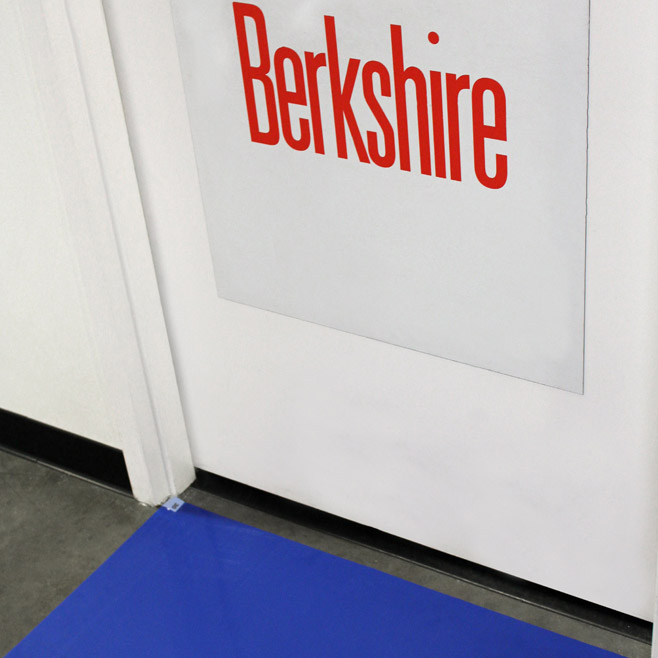




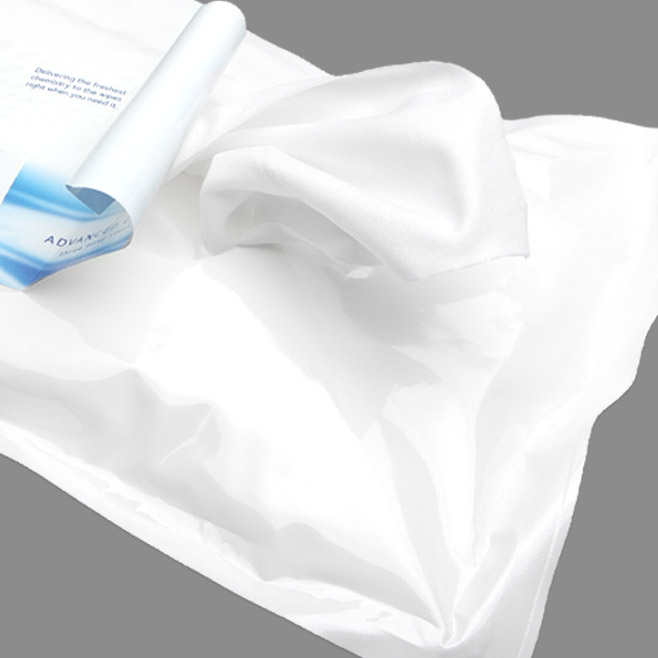
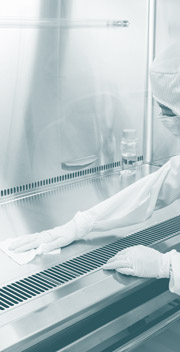

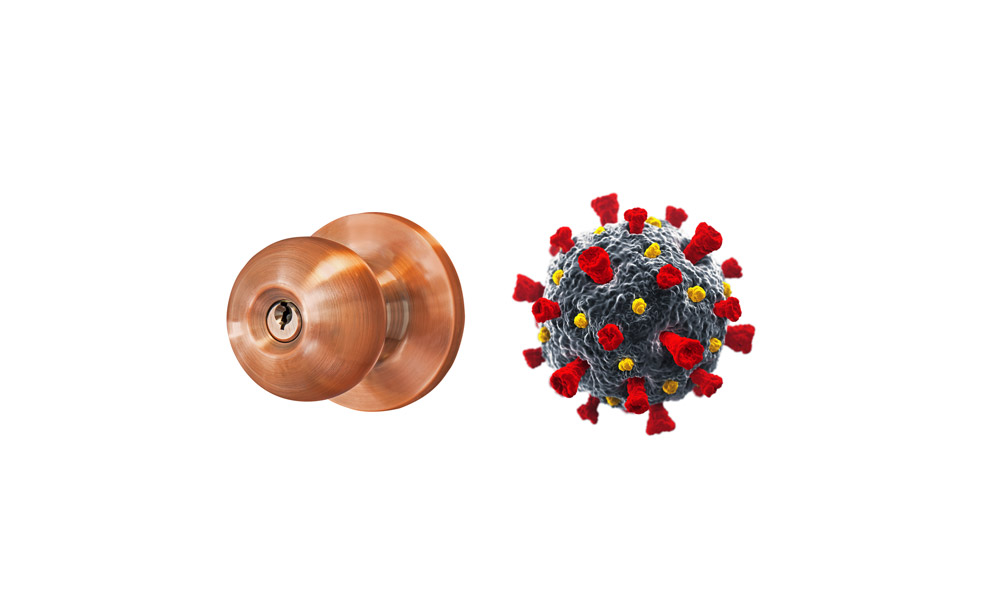

HAVE AN IDEA FOR CONTENT?
We are always looking for ideas and topics to write about.
Contact Us